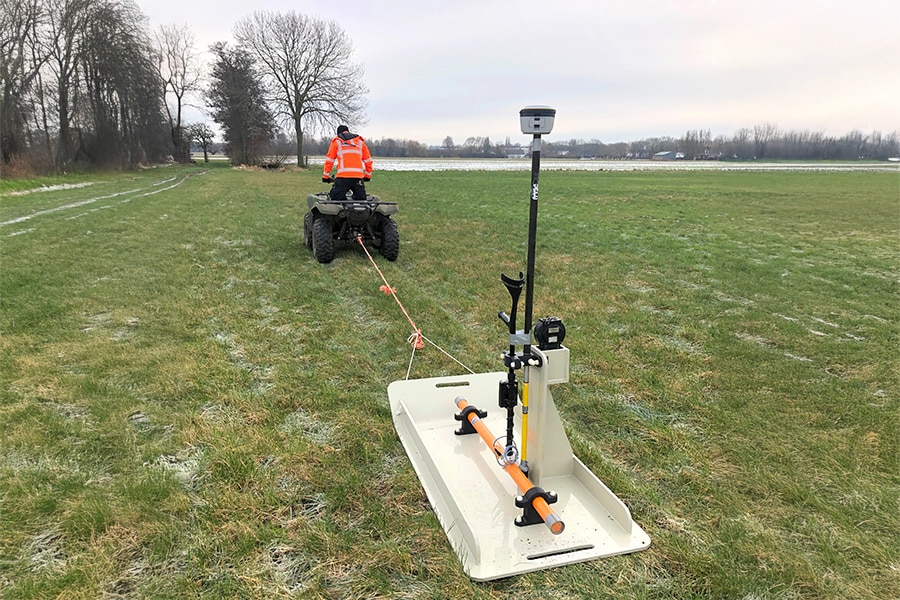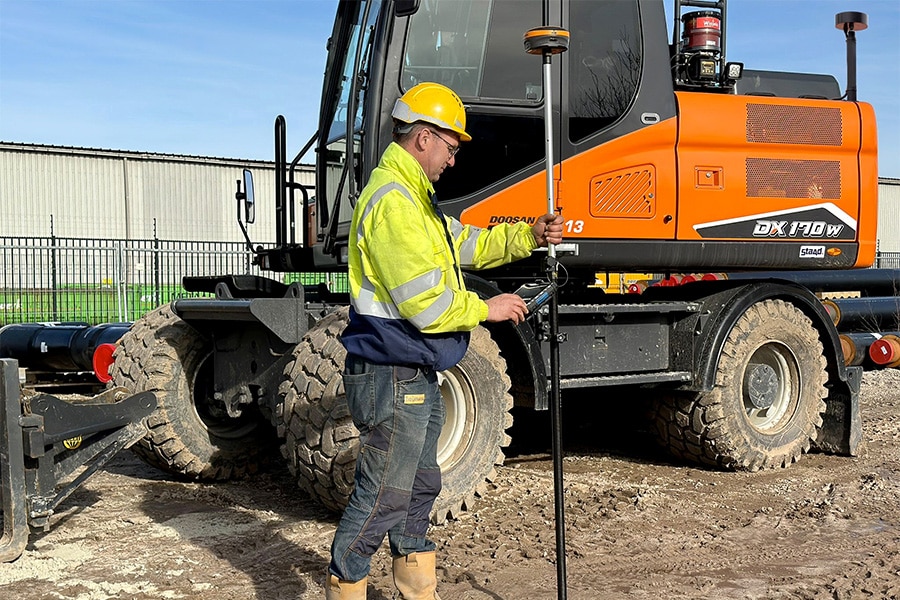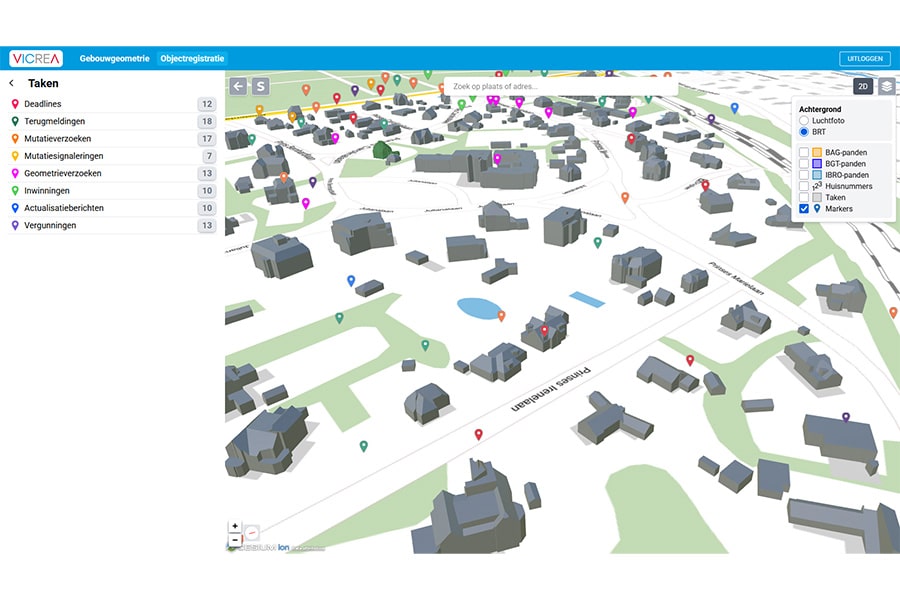
'From specializations you become stronger'
Subsidence and foundation repair specialist
What began as a contracting company in 1953 has grown into an innovative GWW company. Outside the regular infrastructure work, Van Dijk Maasland has made a number of significant innovations over the years, particularly in the areas of subsidence and foundation repair. "We believe in the power of cooperation," says director Frans van Dijk, because "from specializations you become stronger." The family business has also recently brought some great innovations to the market again, and they are happy to show them off at their stand 1.035 during InfraTech 2025. A preview.
"In the field of subsidence, we were the first contractor in the 1970s to use Styrofoam in road construction to prevent settlement," says Frans. "In the early 1980s, we introduced foam concrete using the dry-mix principle. Here the dry cement is supplied in silos and processed directly into foam concrete via a mobile plant on site. Today, this is still the most common method by which foam concrete is produced and processed. And recently we introduced foam glass to the Dutch market in accordance with BRL-9331. This makes the recycled product freely applicable as water storage or lightweight fill material. It has already been used on a large scale on projects in the municipality of Schiedam, Boskoop, Reeuwijk, Aalsmeer and Alphen a/d Rijn."

Quay repair Amsterdam
In addition to market developments in the field of subsidence, Van Dijk Maasland has also come up with innovative concepts for addressing foundation damage and quay repair. "For example, after an intensive pilot in mid-November 2024, we signed a long-term framework contract with the municipality of Amsterdam," says Frans. "We are part of consortium Kade 2.020 where we are going to reinforce the quay walls in an innovative way. We will do this entirely from the water and without danger to cables and pipes or cutting down trees on the quay. A very friendly method with little inconvenience to the surroundings."
Foundation repair
And not only outdoors do Van Dijk Maasland's foundation repair solutions offer a solution, even homes with foundation damage are made habitable again by the table floor construction or the VDM-Vijzelpaal. "For this we make a trench in the wall and then drill a hole through the underlying foundation through which a new steel tubular pile is pressed deep into the load-bearing sand layer," explains Frans. "The advantage of this technique is that it is done with little vibration and the first floor and home furnishings are spared. Because we have been in the foundation repair business for 25 years, and continue to innovate, there is always a (combination of) foundation repair technique(s) that provides a solution for foundation damage."
Hofbogen Rotterdam
Van Dijk Maasland is praised for its innovative approach to the issue of subsidence and foundation repair. According to Frans, there are few parties in the Netherlands that are so actively working to address these social issues. "And the beauty of it is that our 'regular' GWW work does not suffer as a result. For example, we are part of the construction team for the design and construction of a special city park in Rotterdam above the Hofbogen railroad viaduct. Where trains used to run, you will soon be able to walk between the tops of the trees. It is an icon in the making and again the result of optimal cooperation and 'innovating together'."
Heeft u vragen over dit artikel, project of product?
Neem dan rechtstreeks contact op met Van Dijk Maasland B.V..
 Contact opnemen
Contact opnemen




